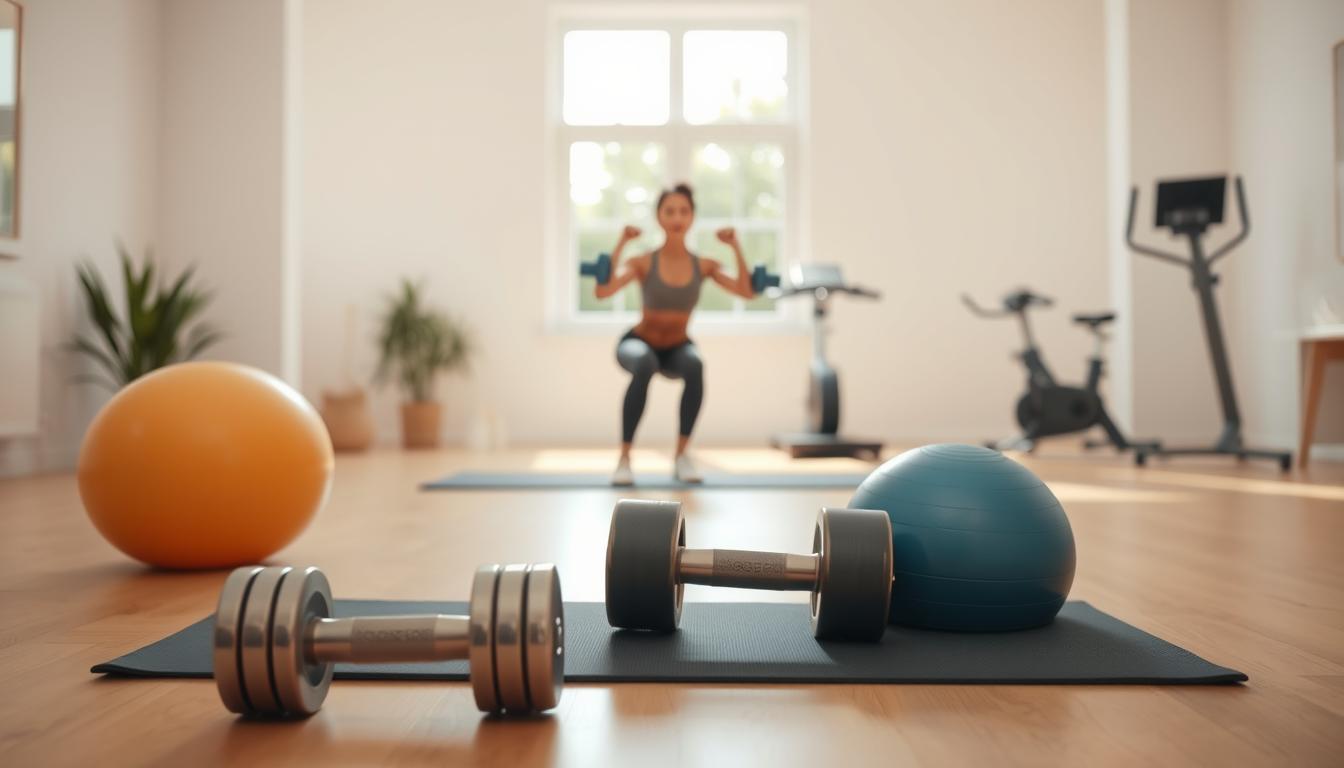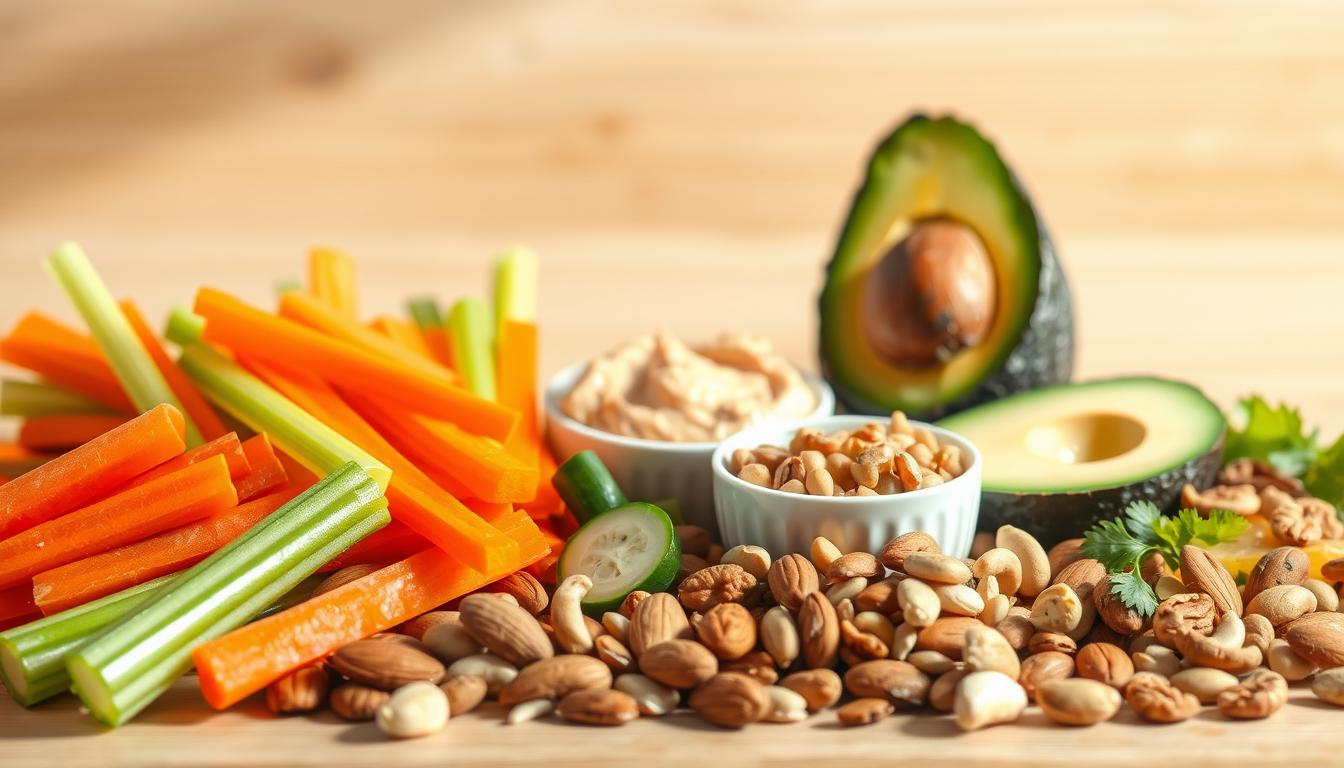A staggering 70% of adults in the United States are overweight or obese, with many being busy professionals who struggle to maintain a healthy lifestyle…
Get Fit Fast: A Beginner’s Daily Fitness Routine
Did you know that regular exercise can reduce the risk of chronic diseases by up to 30%? Starting a beginner friendly fitness plan can be…
Effective Minimalist Home Workouts: No Gear Required
Did you know that a regular bodyweight training regimen can improve overall fitness and increase strength without the need for any equipment? With increasingly busy…
Clean Eating: Low-Carb Snacks for Weight Loss
Did you know that snacking can be a crucial component of a successful weight loss journey? When done correctly, incorporating the right snacks into your…
pEasy Low Carb Meal Prep for Clean Eating
Adopting a healthy eating lifestyle can be challenging, especially with busy schedules. However, with the right approach, it can become a sustainable part of daily…
Healthy Daily Habits for a Lean Female Body
Achieving a lean and toned physique is a goal for many women, but it can seem daunting. Did you know that incorporating just a few…
Lean Body Workout Plan for Women Over 30: Get Fit Fast
As women age, their metabolism slows down, and it becomes increasingly challenging to maintain a toned physique. Did you know that after the age of…
Unlock the Ideal Intermittent Fasting Window for Fat Loss and Metabolism
Nearly 45% of Americans have tried intermittent fasting, a dietary approach that involves restricting calorie intake for certain periods. This surge in popularity is largely…
Intermittent Fasting for Insulin Resistance: Tips for Beginners
Nearly 1 in 3 adults in the United States has insulin resistance, a precursor to type 2 diabetes. Recent studies have shown that intermittent fasting…
Unlock Science-Backed Health Habits for a Healthier Life
Adopting evidence-based practices can significantly impact overall wellness. Studies have shown that incorporating simple, yet effective habits into daily routines can lead to substantial improvements…









